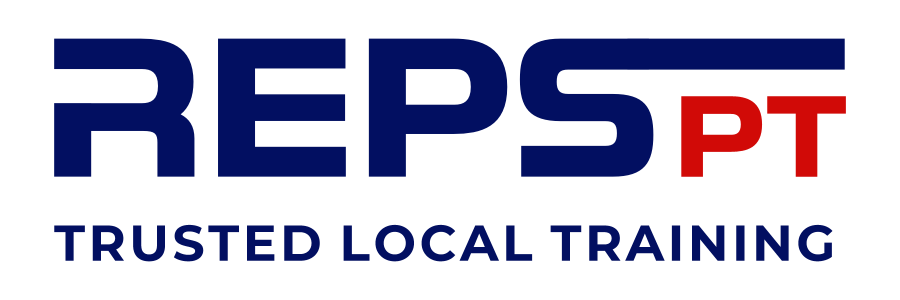The Dumbbell Incline Fly is an excellent isolation exercise primarily aimed at targeting the upper portion of the chest (pectoralis major), particularly the clavicular head. It’s a variation of the traditional chest fly, but performed on an incline bench, which allows for more emphasis on the upper chest muscles. By using dumbbells, the exercise also promotes muscle balance and joint stability, making it a valuable addition to any chest training routine.
Benefits of the Dumbbell Incline Fly:
-
Targeted Upper Chest Activation: The incline angle of the bench helps to place more stress on the upper chest, which is often harder to activate with flat or decline presses. Building the upper chest can improve overall chest appearance, contributing to a fuller, more well-rounded chest.
-
Improved Muscle Definition: The dumbbell incline fly focuses on the pectorals, promoting muscle definition and toning in the chest. Over time, performing this movement can help sculpt the upper chest and shoulders, especially when combined with other chest exercises.
-
Greater Range of Motion: Unlike machines or barbell exercises, using dumbbells allows for a greater range of motion. This increases the stretch and contraction in the chest muscles, which is ideal for promoting muscle growth. The ability to lower the dumbbells further than a barbell or machine allows for deeper muscle engagement.
-
Balanced Muscle Development: Dumbbells allow each arm to work independently, helping to correct any imbalances between the left and right sides of the chest. This can prevent the development of strength imbalances and help achieve more symmetrical muscle growth.
-
Improved Shoulder Stability: The movement works not only the chest but also engages the stabilising muscles in the shoulders and upper back. This can contribute to better shoulder stability and improved performance in other pushing exercises, such as the bench press.
-
Joint-Friendly: The dumbbell incline fly is less stressful on the shoulder joints compared to some other chest exercises, such as the barbell bench press. With dumbbells, you have greater control over your movement and can adjust the angle of the arms to ensure a natural, pain-free motion.
Form of the Dumbbell Incline Fly:
-
Set Up:
-
Set an incline bench to a moderate angle (about 30 to 45 degrees). A steeper incline will engage the shoulders more, while a lower incline focuses more on the chest.
-
Select an appropriate set of dumbbells, ensuring the weight is manageable for the movement.
-
Sit on the bench with your feet firmly planted on the floor and your back against the bench. Ensure your chest is lifted and your shoulder blades are pulled back, maintaining good posture.
-
-
Starting Position:
-
Hold a dumbbell in each hand with your palms facing each other. Begin with the dumbbells above your chest, arms fully extended, and elbows slightly bent.
-
Ensure that your elbows are not locked out, as a slight bend is necessary to prevent unnecessary strain on the elbow joints. Your wrists should be neutral, not flexed or extended.
-
-
Execution:
-
Slowly lower the dumbbells out to the sides in a wide arc, keeping a slight bend in your elbows. Focus on stretching the chest muscles as the dumbbells move down. Be mindful not to let your elbows flare out too much, as this can place excess stress on your shoulder joints.
-
Lower the dumbbells until you feel a comfortable stretch in the chest. Typically, the dumbbells should reach a point where your upper arms are parallel to the floor or slightly below. Your chest should feel the most engagement here.
-
-
Return to Start:
-
Reverse the motion and bring the dumbbells back together in a controlled manner, squeezing the chest muscles at the top. Keep the movement slow and deliberate to maximise muscle engagement and reduce the risk of using momentum.
-
-
Breathing:
-
Exhale as you bring the dumbbells back up and inhale as you lower them down.
-
Tips for Proper Form:
-
Control the Movement: Focus on moving the dumbbells slowly and with control. Avoid jerking or swinging the weights, as this reduces the effectiveness of the exercise and could lead to injury.
-
Elbow Position: Keep a slight bend in the elbows throughout the movement. Never allow the elbows to fully straighten, as this would remove tension from the chest and place unnecessary strain on the joints.
-
Chest Engagement: Concentrate on feeling the chest muscles stretch and contract during the exercise. Squeeze the chest at the top of the movement to maximise muscle activation.
-
Avoid Overextending: Don’t let the dumbbells drop too low to the point where it feels uncomfortable for your shoulders. The goal is to stretch the chest, not to over-stretch the shoulder joints.
-
Foot Placement: Ensure your feet are flat on the floor and you are stable throughout the movement. This will help you maintain proper posture and prevent your lower back from arching excessively.
The Dumbbell Incline Fly is a powerful exercise for targeting the upper chest and building muscle definition. By incorporating this movement into your chest workout routine, you can achieve better muscle balance, increased upper chest development, and improved overall strength. With its focus on range of motion, stability, and control, the dumbbell incline fly is a great way to enhance your chest training and improve the appearance of your upper body.

